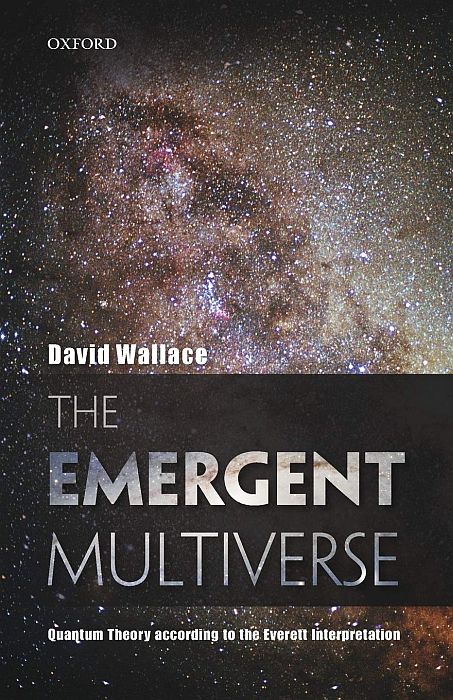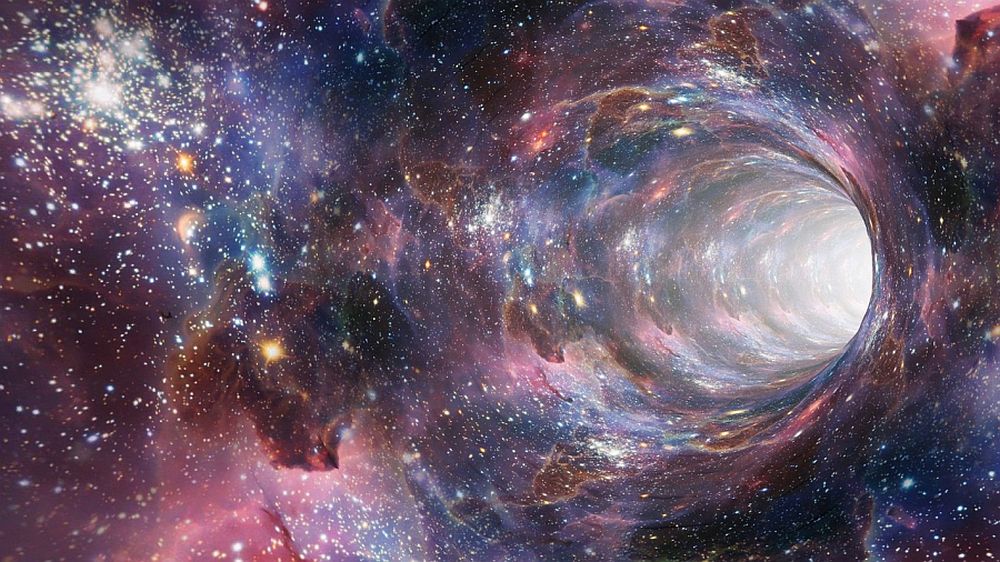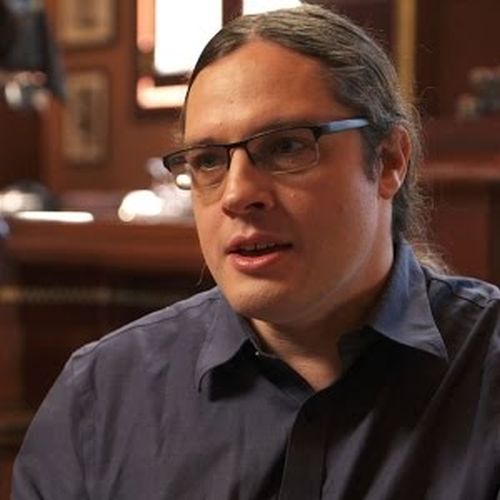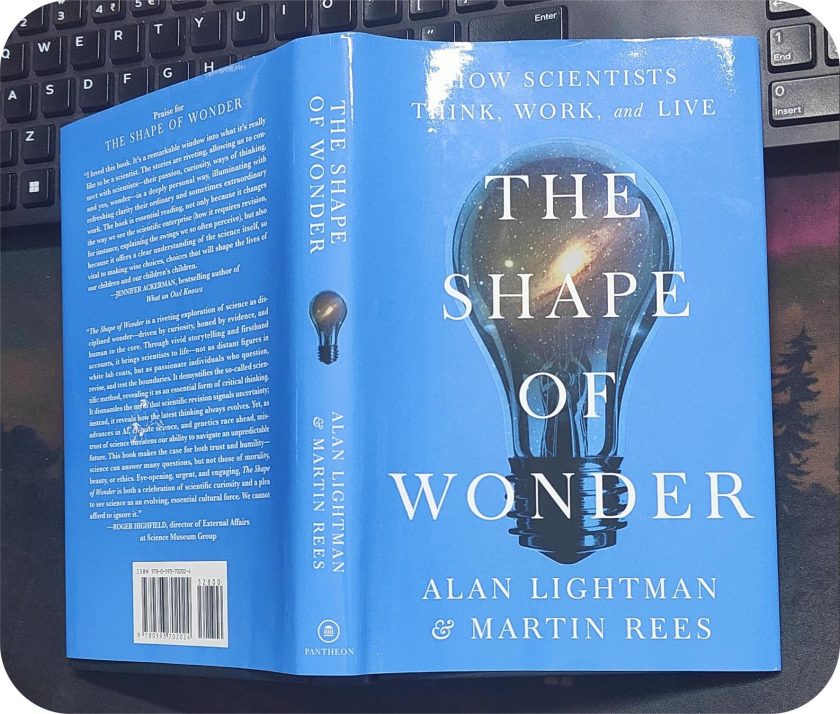
The Emergent Multiverse: Quantum Theory According to the Everett Interpretation is an effort on the part of David Wallace to vindicate Hugh Everett’s idea of many worlds.
The concept of multiverse was initially taken seriously in philosophy than in physics. May be because in physics the idea came much later, that is, with the emergence of quantum mechanics.
Quantum mechanics talks about the theory of particles. According to Everett a particle system is like a tree, where there are many paths/branches to get to the top of a tree. And each branch is a world, a system in itself.
In macro-world, everything behaves as per the “expected” trajectory of classical physics. For instance, things fall down towards the gravity, entropy keeps on increasing, time moves linearly in forward direction etc.
At the micro level, however, the classical physics breaks down. Particles behave in a weird manner. Cloud of possibilities define their trajectories. Consequently, a particle is here and there at the same time.
Wavefunction is spread up in space
In 1920 Erwin Schrödinger, formulated a wave equation that accurately calculated the energy levels of electrons in atoms. It explains how a state of quantum system changes with time. The equation is similar to how Newton’s second law describes the path of an object over time. These changes to a quantum system over time is called the wavefunction. The wavefunction gives the probability of finding the particle at a certain position.
In simple words, wavefunction is something, the electron or a proton, that is spread up in space.
Schrödinger suggested wavefunction as directory of all the possible outcome of a quantum object. This idea shaped the entire thinking towards the quantum physics. And that is what Everett proposed in his 1957 thesis.
Just like Newton’s equation of gravity is applied universally, Schrödinger’s math perfectly described many worlds. Everett didn’t add the concept of many worlds but the quantum mechanics have been saying this all along.
Copenhagen interpretation of quantum mechanics
From double slit experiment, Everett concluded that big as well as small can be at two places at the same time.
He challenged Bohr’s view of quantum theory. Bohr’s philosophy was called the Copenhagen interpretation of quantum mechanics (1927). According to which, when we see a particle at quantum level, it stops having an infinite number of positions. Rather it appears to have only one position. Accordingly, as per Bohr, act of measurement, (simply looking at something) collapses the wavefunction. To Everett, this made no sense.
Schrödinger didn’t like Bohr’s idea
As per Everett, something to exist doesn’t necessarily mean to have an observer. Without an observer also things can exist. Einstein’s famous rhetorical sentence – Moon is there even though we are not looking at it – backs it (Everett’s perspective) up.
Schrödinger too didn’t like Bohr’s idea of “act of measurement” collapsing the wavefunction. Therefore, he came up with hypothetical cat experiment. Cat is a way of measuring a system. The Copenhagen interpretation of quantum mechanics implies that after a while, the cat is simultaneously alive and dead. But when measurement is done on cat, we find either its alive or dead. Wavefunction describes each state of superposition. Looking inside the box makes only one state of superposition to appear.

Dissolution of measurement problem
The book starts with measurement problem being dissolved. As per Wallace measurement cannot be represented physically. In the other sciences, measurement is treated as another physical process, but in quantum mechanics measurement holds no physical interpretation.
Rather than one device measuring an unspecified outcome, Everett’s insight proposes multiple measuring devices recording distinct outcomes.
According to Wallace, we can never make sense of quantum predictions because they are probabilistic in nature while we the observer is present in the deterministic branching universe.
In the subsequent chapters Wallace claims that the quasi-classical worlds emerge from the states in quantum world. And the emergent worlds are not defined as per the rules of classical physics upon which the macro world operates. Also, they are not independent of the underlying physics either.
Everettian branches as emerging via decoherence
Decoherence theory employs the process in which a system changes its behaviour from quantum mechanics to that which can be explained by classical mechanics.
The theory of decoherence provided a unique way of looking at superposition principle or showing the superposition of worlds. The Schrödinger equation dictates how the sequence of superposition unfolds. But when an individual act or position is tracked in terms of superposition, from one time to another and what emerge is classical world.
Decoherence tool was not available to Everett at his time. This would otherwise have solved most of Everett’s problems.
Branching of the world occurs regardless of measurements are performed. It (branching) is happening naturally, just as physical processes occur all the time. For instance, quantum computers.
Quantum computers work by maintaining the quantum state of a system in a superposition of states. Each computation interacts with each other. In case of any contact between the system and the surrounding environment interference effects are washed out, just like ripples are submerged into the environment when a stone is thrown into a water body.

Takeaway
I had to take a lot of notes while I was going through The Emergent Multiverse. Its not an easy book to read. I’m sure I might have skipped some points however, one of the most interesting Everett’s ideas that I came across is to treat the measurement apparatus as part of the quantum system.
Although Nobel laureate Roger Penrose does not support Everett’s ideas. As per Penrose, the problem is with Schrödinger equation. Many worlds theory for him is reductive and absurd, since we are not able to access the other types of worlds.
According to the supporters of many worlds’ theory (including myself) complex of reality can be seen as different perspective from different people. In other words, single world with many internal perspectives.
For instance, radio signals. We are always surrounded by radio signals, that could also be with different worlds. Yet each is not interfering with other. Rather all independent from each other.
A thought-provoking book on nested and coexisting worlds. I highly recommend to those who wants to explore the history of emergent multiverse starting from Erwin Schrödinger.




[…] also known as the Everettian interpretation, suggests that the universe is like one big, unchanging wave that follows the Schrödinger equation […]